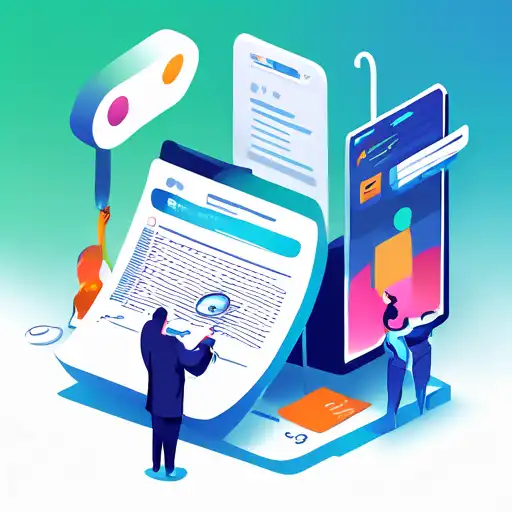Why Website Accessibility Matters
In today's digital age, ensuring your website is accessible to all users, including those with disabilities, is not just a legal requirement but a moral obligation. Accessibility enhances user experience, broadens your audience, and improves SEO rankings. This guide will walk you through practical steps to make your website more accessible.
Understanding Web Accessibility
Web accessibility means that websites, tools, and technologies are designed and developed so that people with disabilities can use them. This includes auditory, cognitive, neurological, physical, speech, and visual disabilities.
Key Steps to Improve Accessibility
1. Use Semantic HTML
Semantic HTML helps screen readers interpret your content correctly. Use elements like <header>, <nav>, <main>, and <footer> to structure your content logically.
2. Ensure Keyboard Navigation
Many users rely on keyboards instead of a mouse. Make sure all interactive elements are accessible via keyboard by using tabindex and ensuring logical tab order.
3. Add Alt Text to Images
Alt text describes images to users who can't see them. It's also beneficial for SEO. Always include descriptive alt text for images, unless they're purely decorative.
4. Use ARIA Landmarks
ARIA (Accessible Rich Internet Applications) landmarks help users navigate your site more efficiently. Use roles like banner, navigation, main, and contentinfo to define areas of your page.
5. Ensure Sufficient Color Contrast
Low contrast text can be hard to read for users with visual impairments. Use tools like the WebAIM Contrast Checker to ensure your text stands out against the background.
6. Make Forms Accessible
Label all form fields clearly and provide error messages that are easy to understand. Use the <label> element to associate text labels with form controls.
7. Provide Transcripts and Captions
For audio and video content, provide transcripts and captions. This not only aids users with hearing impairments but also those in sound-sensitive environments.
Testing Your Website's Accessibility
Use tools like WAVE or AXE to test your website's accessibility. These tools can identify issues that you might have missed during development.
Conclusion
Making your website accessible is an ongoing process that benefits all users. By following these steps, you can create a more inclusive web experience. Remember, accessibility is not a feature—it's a fundamental aspect of good web design.
For more tips on improving your website, check out our guide on improving user experience.
